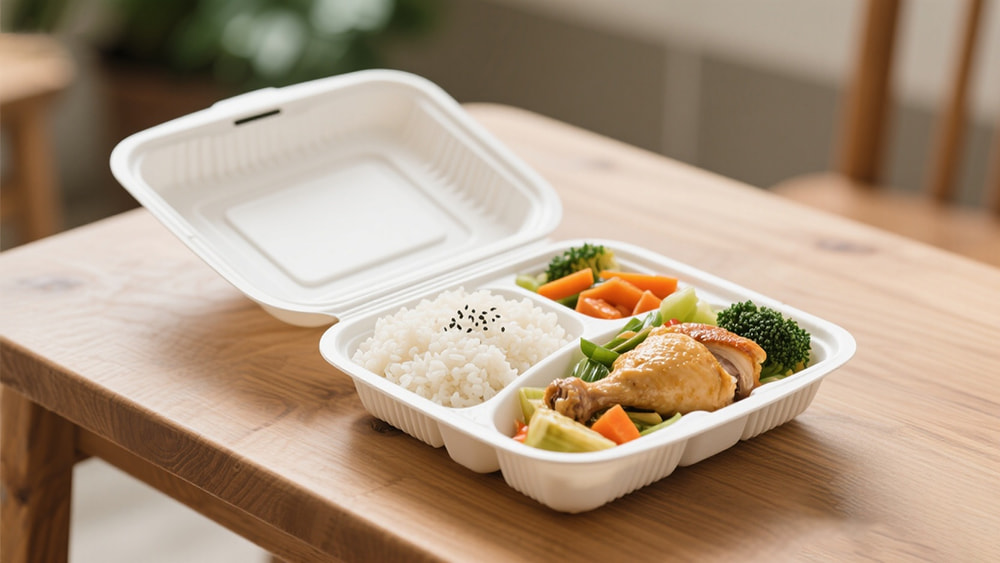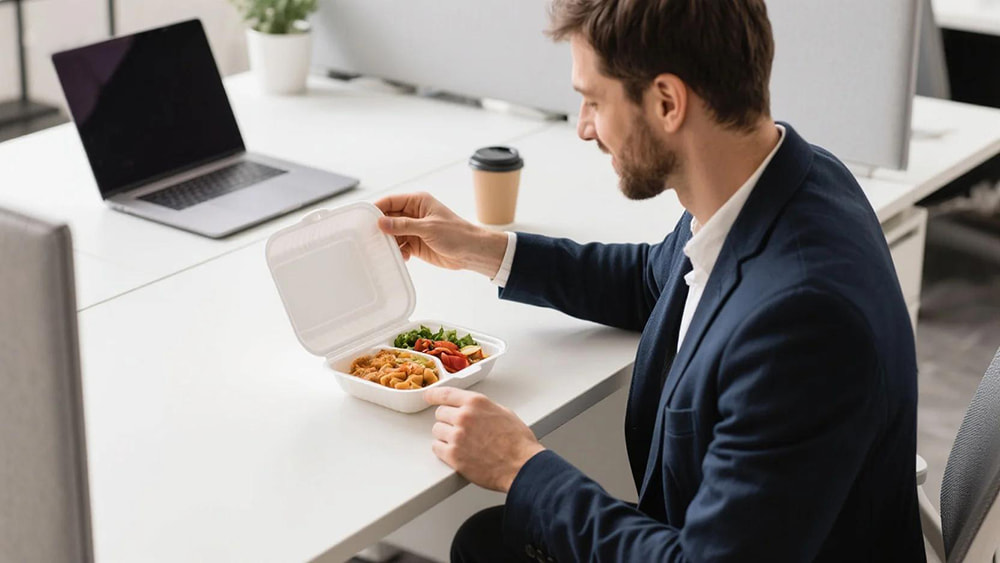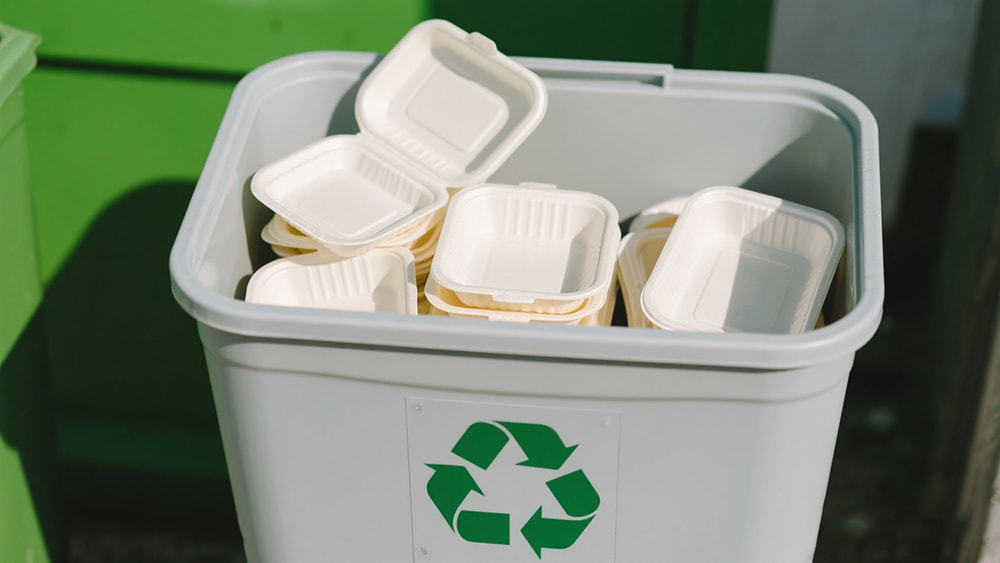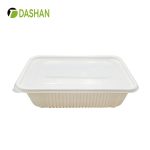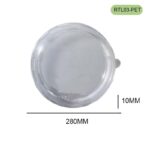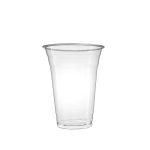Quick Summary
This article compares PP clamshell boxes with other takeout containers such as paper, PET, PLA, bagasse, and Styrofoam. It highlights PP’s advantages in heat resistance, leak-proof design, recyclability, and cost-effectiveness, supported by expert opinions and case studies. Discover why DASHAN, a certified manufacturer, is a trusted supplier of customizable PP clamshell boxes for global foodservice businesses.
Introduction
Takeout and delivery services are growing rapidly, reshaping how people enjoy food. For restaurants, catering services, and food vendors, packaging is no longer just about carrying meals—it impacts food safety, presentation, customer experience, and even sustainability perception.
Among the many packaging options, PP (polypropylene) clamshell boxes are increasingly seen as a strong choice. But how do they compare with other takeout containers like paper, PET, PLA, bagasse, or Styrofoam?
This article explores the strengths and weaknesses of PP clamshell boxes compared to other packaging materials, drawing on expert opinions, real-world case studies, and industry data.
I. What Are PP Clamshell Boxes?
PP clamshell boxes are food containers made of polypropylene plastic, designed with a hinged lid that folds shut. They are widely used for:
-
Takeaway meals → hot rice boxes, pasta, fried foods.
-
Delivery services → leak-proof packaging for transport.
-
Catering events → portioned meal packaging.
Key Features of PP Clamshell Boxes
-
Microwave-safe up to 120°C.
-
Leak-resistant for soups, sauces, and oily foods.
-
Lightweight and durable.
-
Recyclable (#5).
-
Available in single or multi-compartment designs.
II. Advantages of PP Clamshell Boxes
1. Food Safety
-
BPA-free, non-toxic, and compliant with FDA, SGS, and LFGB standards.
-
Hygienic barrier against grease and moisture.
2. Versatility
-
Works for hot and cold foods.
-
Compartment designs keep foods separate.
-
Transparent or semi-transparent options improve presentation.
3. Durability
-
Unlike paper or bagasse, PP boxes resist sogginess.
-
Strong enough to survive transport and stacking.
4. Sustainability
-
Fully recyclable in many municipal programs.
-
Lightweight, reducing shipping emissions.
III. How Do PP Clamshell Boxes Compare to Other Takeout Containers?
| Feature | PP Clamshell Boxes | Paper Boxes | PET Containers | Bagasse Boxes | Styrofoam Boxes |
|---|---|---|---|---|---|
| Microwave Safe | ✔ Yes | ✘ No | ✘ No | ✔ Yes | ✘ No |
| Leak Resistance | ✔ High | Medium | High | Medium | High |
| Food Safety | ✔ Certified | Depends on liner | ✔ Certified | ✔ Certified | ✘ Concerns |
| Recyclable | ✔ Yes (#5) | Limited (coated) | ✔ Yes (#1) | Compostable | ✘ Limited |
| Compostable | ✘ No | ✘ No | ✘ No | ✔ Yes | ✘ No |
| Durability | ✔ High | Medium | High (cold only) | Medium | High |
| Cost-Effectiveness | ✔ High | Medium/High | Medium | Medium | Low |
👉 PP clamshell boxes strike the best balance for food safety, durability, and recyclability. While bagasse or PLA may appeal for compostability, they lack PP’s performance and scalability.
IV. Expert Insights
“PP clamshells provide reliability that restaurants and delivery services need. Unlike paper or PLA, they don’t degrade under heat and moisture, which is critical for customer satisfaction.”
— Dr. Aline Schmidt, Food Packaging Researcher (Springer Journals)
“While compostable packaging is gaining attention, scalability and food safety remain top priorities. PP clamshells currently offer one of the most practical bridges toward sustainability.”
— Tom Harrison, Sustainability Consultant (Packaging Insights)
V. Case Studies
Case Study 1: Fast-Casual Restaurants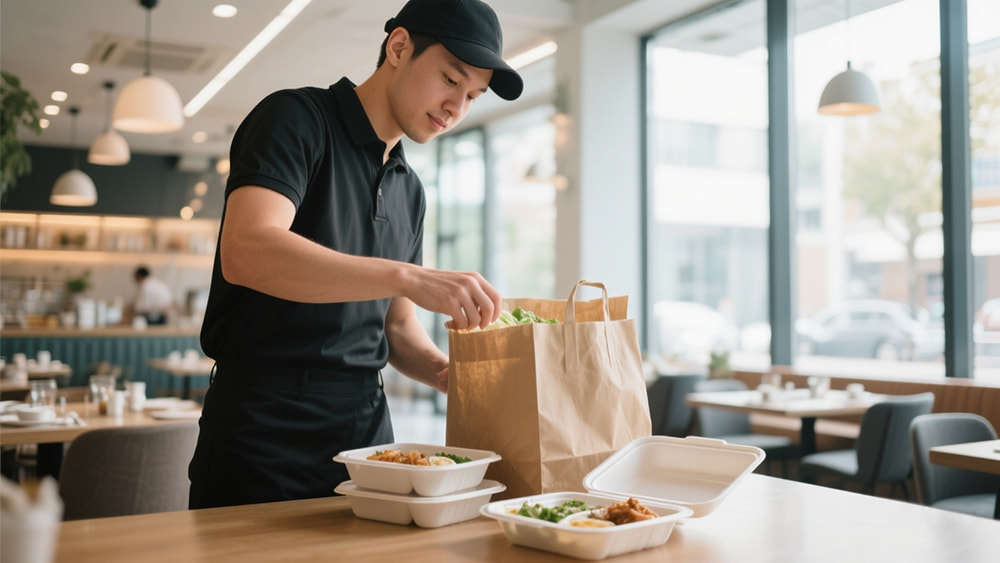
A U.S. fast-casual chain replaced foam boxes with PP clamshells. The result:
-
25% reduction in customer complaints about leaks.
-
Improved sustainability profile due to recyclable packaging.
Case Study 2: Asian Food Delivery Platform
An Asian delivery company tested bagasse vs PP clamshells. Customers preferred PP for hot noodle dishes, citing better heat resistance and durability.
Case Study 3: Catering Company
A European catering firm adopted compartmentalized PP clamshells. Feedback from corporate clients highlighted professional food presentation and easier reheating in microwaves.
VI. Sustainability Considerations
-
Recyclability → PP clamshells are recyclable under code #5.
-
Lightweight Design → Requires less resin compared to PET.
-
Recycled PP (rPP) → Integration of recycled materials supports circular economy.
-
Reusable Potential → Can be washed and reused before recycling.
VII. DASHAN — Professional PP Clamshell Manufacturer
XIAMEN DASHAN NEW MATERIALS CO., LTD is a professional food packaging manufacturer with over 10 years of experience.
Why DASHAN?
-
Certified by FDA, SGS, LFGB, ISO 9001 & 14001.
-
Exports to 60+ countries.
-
Provides OEM/ODM customization → colors, sizes, logos, compartments.
-
Offers a full product range → PP clamshells, trays, plates, cups, lids.
👉 Learn more: Company Profile
FAQ
1. Are PP clamshell boxes safe for hot food?
Yes, PP withstands heat up to 120°C, making it microwave-safe.
2. Can PP clamshells be recycled?
Yes, PP is recyclable under resin code #5.
3. How do PP clamshells compare to bagasse boxes?
Bagasse is compostable but less durable; PP offers better heat resistance and leak-proofing.
4. Are PP clamshells eco-friendly?
Yes, while not compostable, they are recyclable and lightweight, reducing transport emissions.
5. Why choose DASHAN?
Because DASHAN offers certified, customizable, and sustainable PP clamshells, with global supply and OEM/ODM services.
Conclusion
Takeout packaging is central to food safety, presentation, and brand image. While options like paper, PLA, and bagasse have their strengths, PP clamshell boxes remain the most practical choice in 2025 for restaurants, delivery services, and catering businesses.
With certified quality, global reach, and customization services, DASHAN delivers reliable and eco-friendly PP clamshell solutions trusted worldwide.
👉 Contact DASHAN today to explore your custom PP clamshell container options.
References
-
FDA — Food Contact Substances & Safety https://www.fda.gov
-
SGS — Food Packaging Testing Services https://www.sgs.com
-
EPA — Containers and Packaging Data https://www.epa.gov
-
Springer — Polypropylene in Food Packaging https://link.springer.com
-
Packaging Insights — Sustainable Trends in Foodservice Packaging https://www.packaginginsights.com
-
McKinsey — Future of Packaging and Circular Economy https://www.mckinsey.com
-
Food Packaging Forum — Consumer Perceptions of Packaging Safety https://www.foodpackagingforum.org
-
Ellen MacArthur Foundation — Plastics and the Circular Economy https://ellenmacarthurfoundation.org
-
NielsenIQ — Packaging and Consumer Behavior https://nielseniq.com
-
DASHAN — Company Profile https://www.dashanpacking.com/company-profile/


